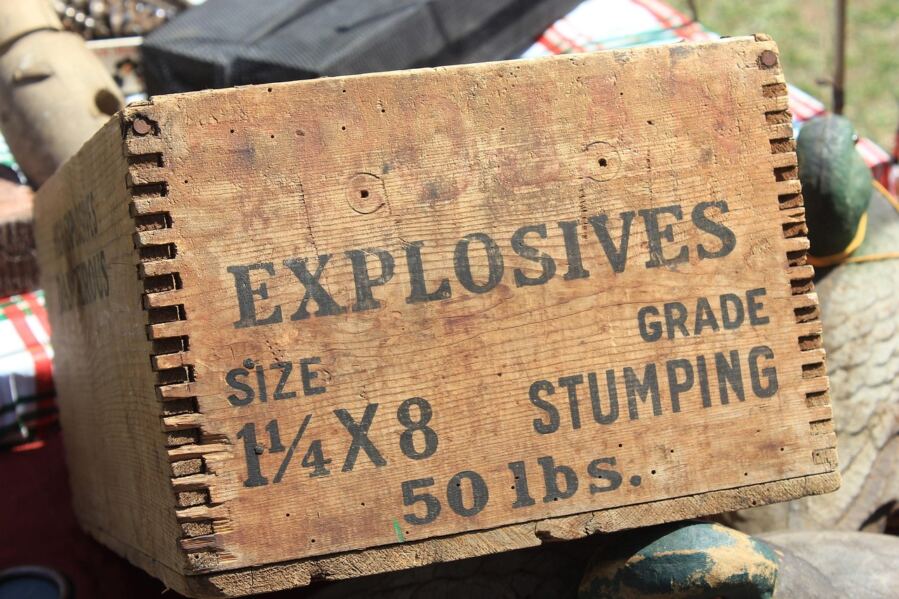Scientists have uncovered crucial insights into how explosive materials transfer to suspects’ hands, potentially transforming how evidence is evaluated in bombing investigations.
The groundbreaking research, published in the journal Science & Justice, examined how residues from smokeless powders—commonly used in pipe bombs and improvised explosive devices—transfer to the hands of individuals who handle them. While forensic experts have long been able to detect explosive residue on suspects’ hands, interpretation of this evidence has remained limited until now.
Dr. Matteo Gallidabino, Lecturer in Forensic Chemistry at King’s College London and lead author of the study, emphasized the significance of these findings. “These findings could mark a breakthrough in forensic investigations into individuals who are suspected of handling explosive materials,” he said. “Currently, forensic experts can identify the presence of explosive material-related molecules on hands, but interpretation rarely goes deeper than that because of a lack of contextual data.”
“Currently, forensic experts can identify the presence of explosive material-related molecules on hands, but interpretation rarely goes deeper than that because of a lack of contextual data.”
The research team conducted controlled experiments where volunteers handled smokeless powder samples containing common additives after thoroughly washing their hands. The participants rubbed samples between their palms for 30 seconds, clapped their hands to remove loose particles, and then had their hands swabbed for analysis.
Perhaps most surprising was what didn’t matter: contrary to expectations, the brand or type of smokeless powder appeared to have little influence on residue transfer patterns. Instead, two factors emerged as crucial—the quantity of material handled and the unique characteristics of the handler.
These individual characteristics included both physical traits like skin properties and behavioral aspects such as handling technique and applied force. Though not directly measurable, these factors caused significant person-to-person variations in residue transfer.
The research holds particular relevance for investigations involving smokeless powders, which remain easily accessible in some countries for people who manually load their own gun cartridges. After bombing incidents, hand swabs from suspects can detect these powder residues, but assessment of whether someone actually handled explosives has been limited by insufficient data on background levels, persistence, and secondary transfer.
The study found residue quantities ranging from billionths to millionths of a gram. Among the additives studied—diphenylamine (DPA), dibutyl phthalate (DBP), and ethyl centralite (EC)—DBP consistently appeared in highest concentration, followed by DPA and EC. However, the varying concentrations of these additives across different smokeless powder brands weren’t mirrored in hand residues, reinforcing that brand type isn’t a decisive factor.
As part of their work, the researchers also developed an optimized “filter and shoot” technique—a streamlined sample preparation method that could benefit future forensic research.
Dr. Gallidabino called for additional research examining a wider range of explosive-related substances and studying the retention and persistence of traces on hands over time.
“Developing this understanding is critical if we want forensic evidence to truly be helpful in understanding what happened in a case,” Dr. Gallidabino noted. “The results provide a foundation that can help experts better interpret residue in cases involving the use of energetic materials, such as terrorist attacks, leading to stronger and more reliable conclusions in court.”
If our reporting has informed or inspired you, please consider making a donation. Every contribution, no matter the size, empowers us to continue delivering accurate, engaging, and trustworthy science and medical news. Independent journalism requires time, effort, and resources—your support ensures we can keep uncovering the stories that matter most to you.
Join us in making knowledge accessible and impactful. Thank you for standing with us!

